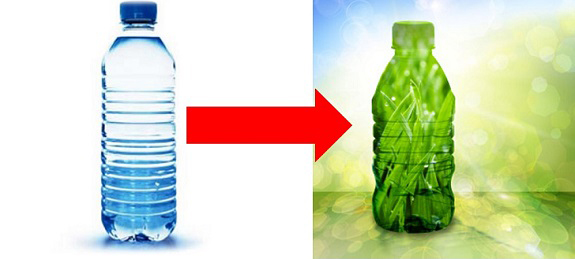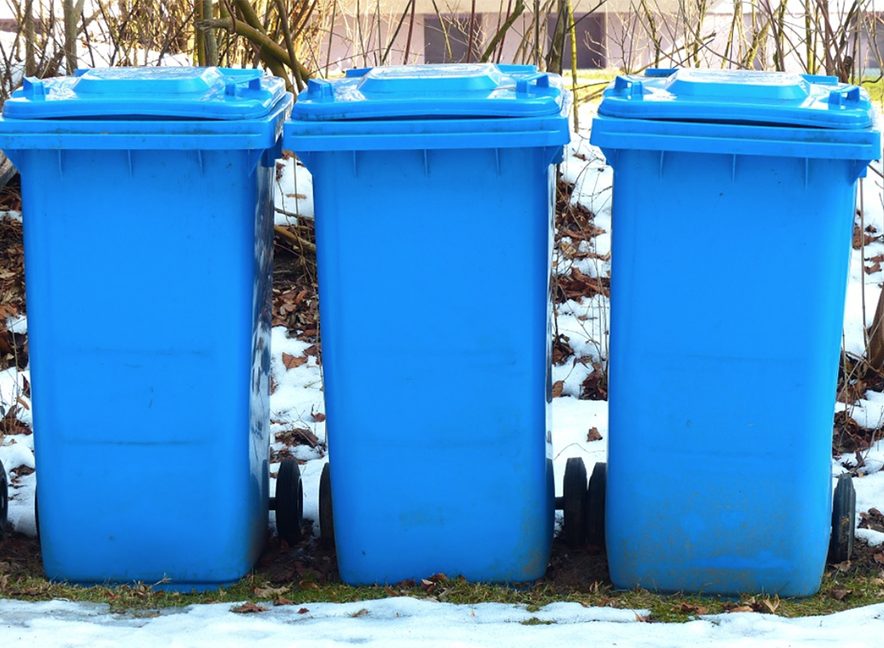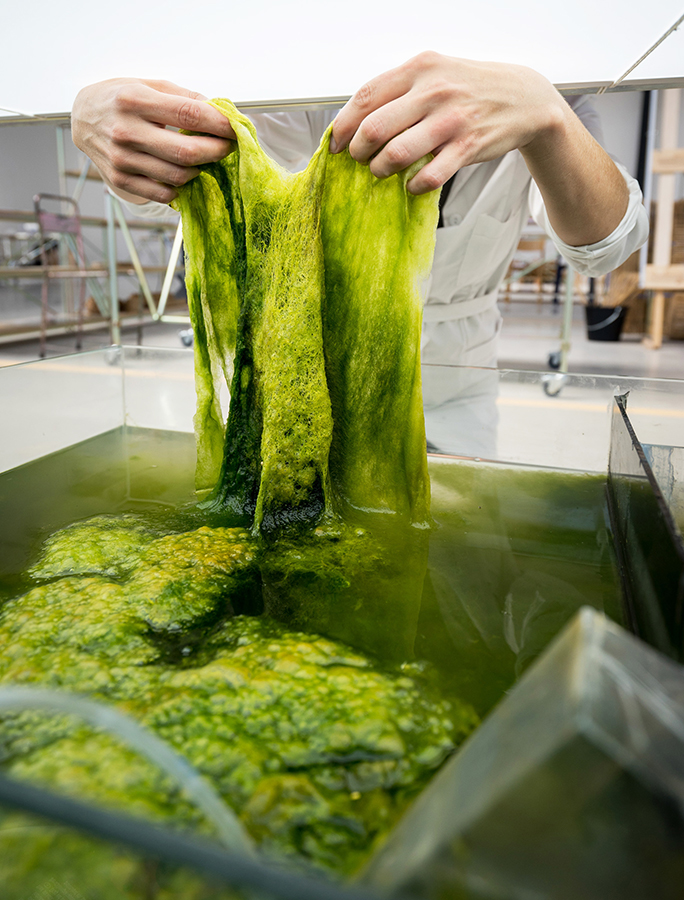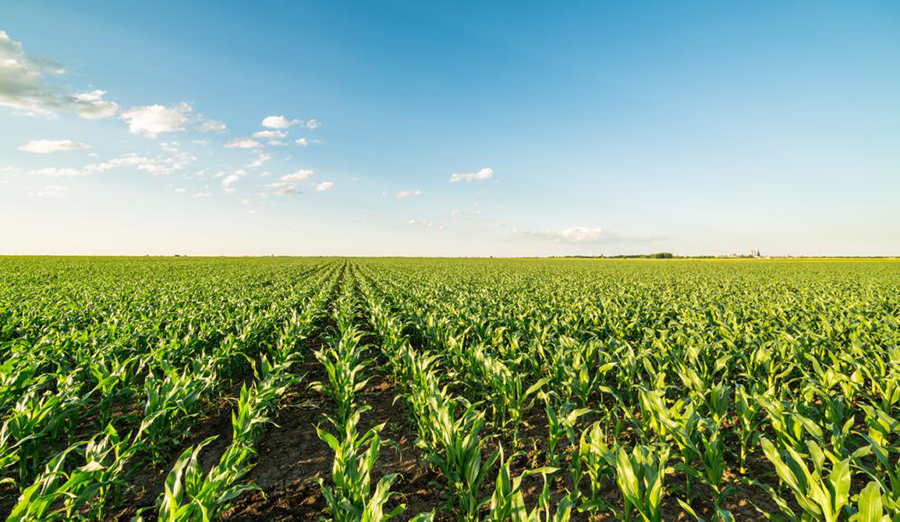“The plastic soup won’t go away by recycling plastic.
We need materials that are nearer to nature, and in dialogue with nature. That’s where the solution is.” — Jan Boelen

<span style="color: #808080;">Is the trend for making products out of recycled plastic perpetuating our dependence or fundamentally changing the problem? Among designers working with waste materials, including ocean plastics and plastic bottles, this would seem the only choice.
Recycling is good,
Recycling relieves guilt,
Recycling is big business.

If we’re going to have a conversation about plastic, we need to stop, stand and take a look around us. In the world we live today, plastic is here to stay. So let’s change the conversation and put our efforts behind finding material resources and manufacturing best practices to do away with the big plastics industry and outmoded ways of thinking.
 Bioplastics
Bioplastics
Among many organizations, the Bioplastic’s industry offers up the conversation and viable solutions to the plastic’s problem. Let’s look at Algae as an example.
Bioplastics derived from algae could replace traditional plastics. Mixed with starch, the material is a sustainable and biodegradable alternative to single-use packaging.
Algae are diverse from an evolutionary standpoint. Even calling them seaweed is a bit misleading as many different species of algae can be found in freshwater as well as growing on the land. Algae is abundant and completely compostable. The material sucks greenhouse gases out of the atmosphere. It can be grown in water and not impact our agricultural land use. You can find algae anywhere in the world with more than 100,000 species. It grows very fast. You can 3D print with it, you can injection mold it, and you can make textiles out of it.
Who are the certifying industries that determine, plan and control whether a new material can be safely used? Are the norms and standards blocking innovation?
“There are biomaterials that are very easy to access, but they don’t fit in the traditional industrial manufacturing system. We have to disrupt that. On top of that we have to adapt the laws and certifications we have in place because they are blocking real change. The plastic soup won’t go away by recycling plastic. We need materials that are nearer to nature, that are in dialogue with nature. That’s where the solution is.” — Jan Boelen











